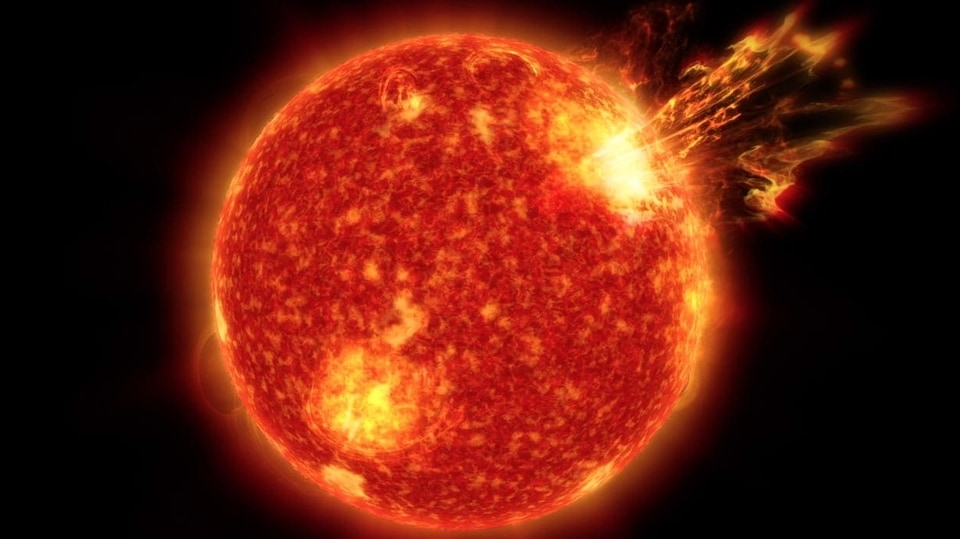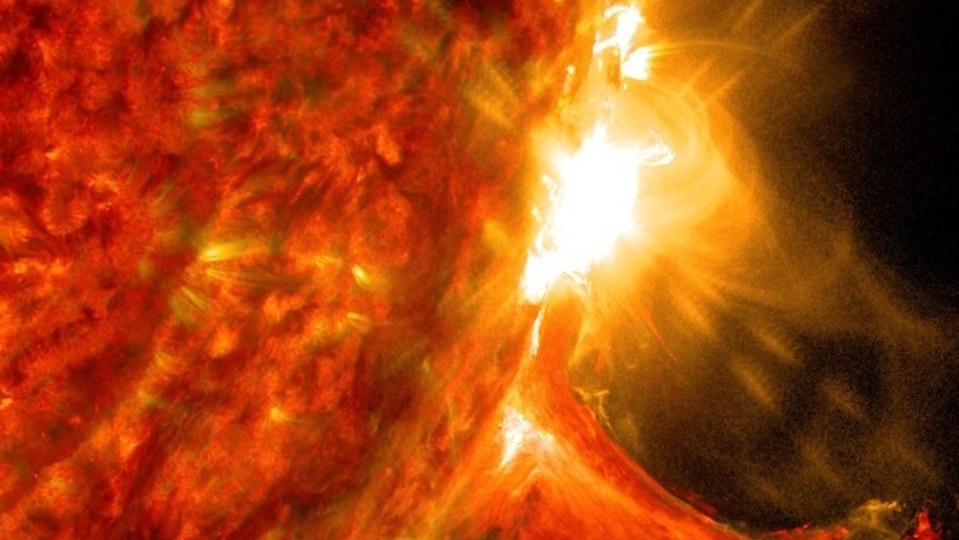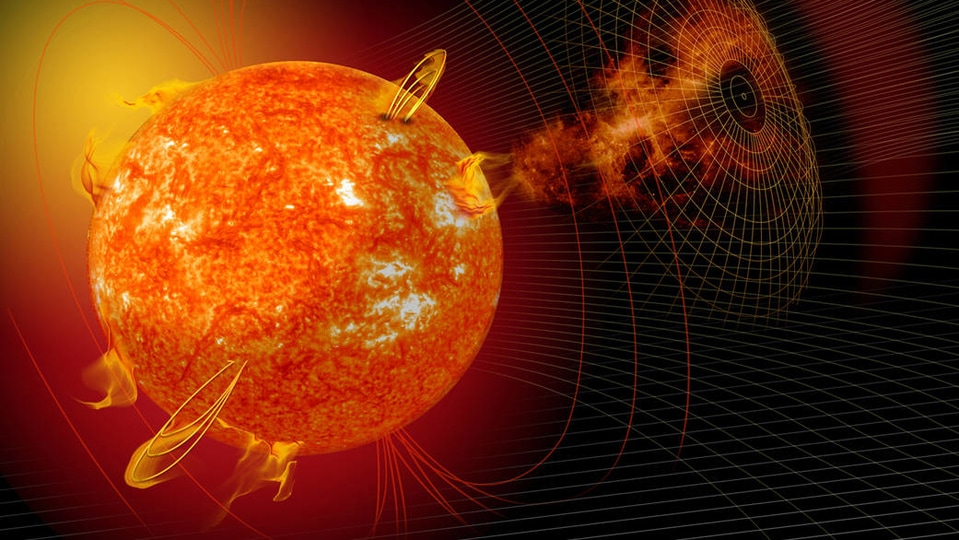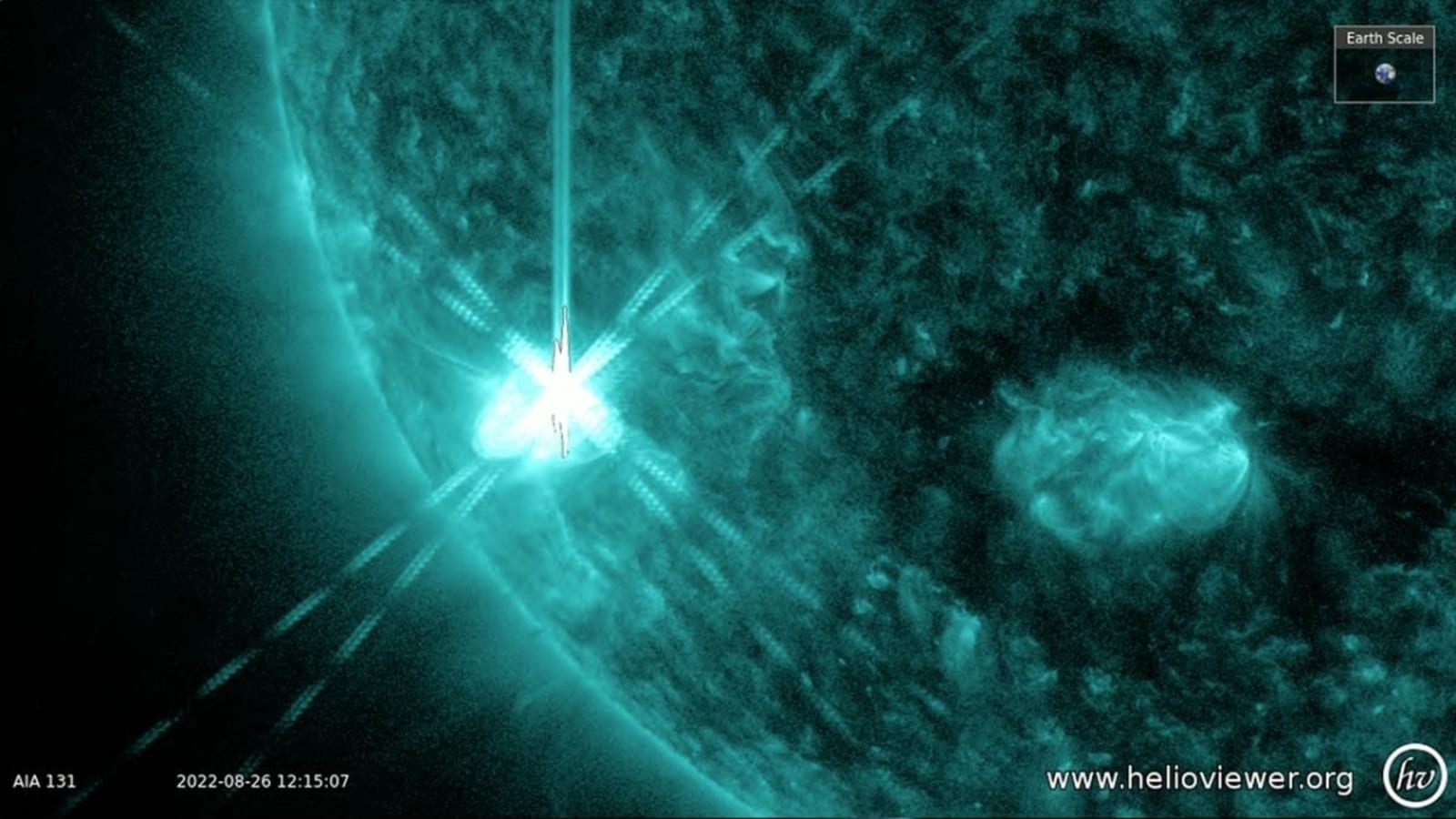Unexpected CME to hit Earth tomorrow! Geomagnetic Storm to follow, says NASA
A dangerous CME is expected to hit Earth tomorrow, February 17 and it will spark a Geomagnetic Storm.




_1639373804152_1639373815879.jpg)

 View all Images
View all ImagesAfter an intense solar storm struck the Earth and caused a bright auroral display on Valentine's Day, another solar phenomenon occurred yesterday, February 15, as a solar prominence hurled out a partial halo CME towards Earth. And now, this CME is expected to reach Earth as soon as tomorrow, February 17, according to a report by Spaceweather.com. A large CME can contain a billion tons of matter that can be accelerated to several million miles per hour in a spectacular explosion. Solar material streams out through the interplanetary medium, impacting any planet or spacecraft in its path.
Although this solar activity might seem harmless due to the distance of the Sun from our planet, they can cause major damage. Once released from the Sun, CMEs can take between 24 to 48 hours (about 2 days) to reach the Earth. The initial impact of the CME will result in the formation of a minor G-1 class Geomagnetic Storm which will hit the planet.
The Spaceweather.com report said, “Yesterday, Feb. 15th, a magnetic filament straddling the sun's equator erupted and hurled a partial halo CME toward Earth. The CME should arrive during the late hours of Feb. 17th.”
Moreover, experts expect this minor Geomagnetic storm to intensify into a G-2 class storm the day after, on February 18. “First contact is expected to produce a minor G1-class geomagnetic storm, intensifying to moderate G2-class storming on Feb. 18th,” the report further said.
Will it have any effect?
When the Geomagnetic storm hits Earth, the magnetic field lines of the Earth temporarily get disturbed, and it releases extremely high magnetic energy. The energy and heat is enough to ionize oxygen present in the upper atmosphere and turn it into blue-green hues of light, which we know as auroras.
February 17's Geomagnetic storm is also expected to bring about stunning auroras which can spill into the United States as far south as New York and Idaho, according to the report.
These Geomagnetic storms can disturb, or even destroy, GPS, radio communications, mobile phone connectivity, satellites and even the Internet. Also, they can create harmful geomagnetic induced currents (GICs) in the electricity grids.
Catch all the Latest Tech News, Mobile News, Laptop News, Gaming news, Wearables News , How To News, also keep up with us on Whatsapp channel,Twitter, Facebook, Google News, and Instagram. For our latest videos, subscribe to our YouTube channel.






























